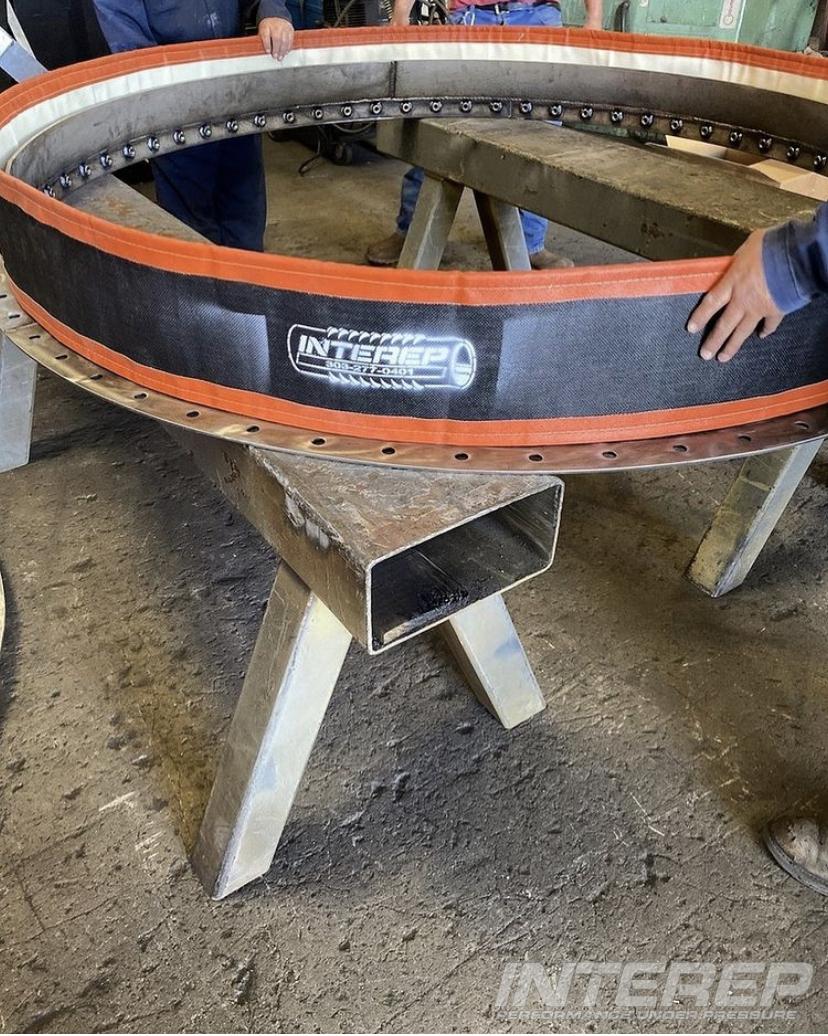
A customer reached out to us with a dilemma. They had a whole duct full of fabric expansion joints that were burning up, and they needed all new ones in less than 4 weeks. What’s weird is the flue gas is normally only 300F. However, they sometimes bypass 1000F gas into it and ALL of the gas that goes through this duct is high in sulfur. Instead of providing a new expansion joint with more insulation, we decided to calculate the minimum allowable amount of insulation based on their excursion durations and temperatures, put in all stainless flow-liners, hardware, and frames, and topped it off with silicone gaskets to help get the PTFE belt as watertight (or acid tight) as we could. Over-insulating the internal cavity pillow would cause sulfuric acid condensation inside the expansion joint (between the belt and pillow). Is it going to build up acid on cold days still? Probably. Is it going to keep the plant up and running without leaving gaping holes in their ductwork? Definitely.
